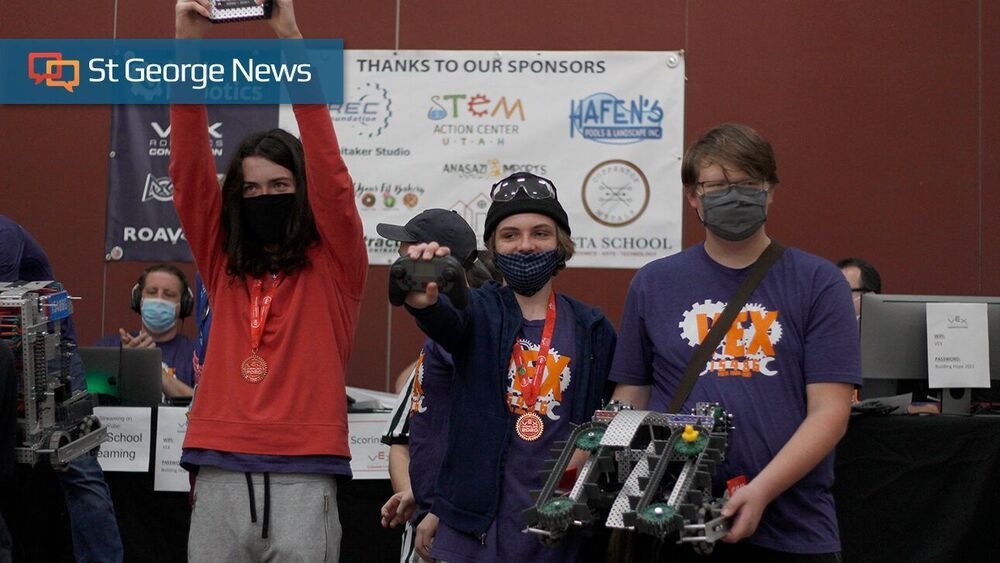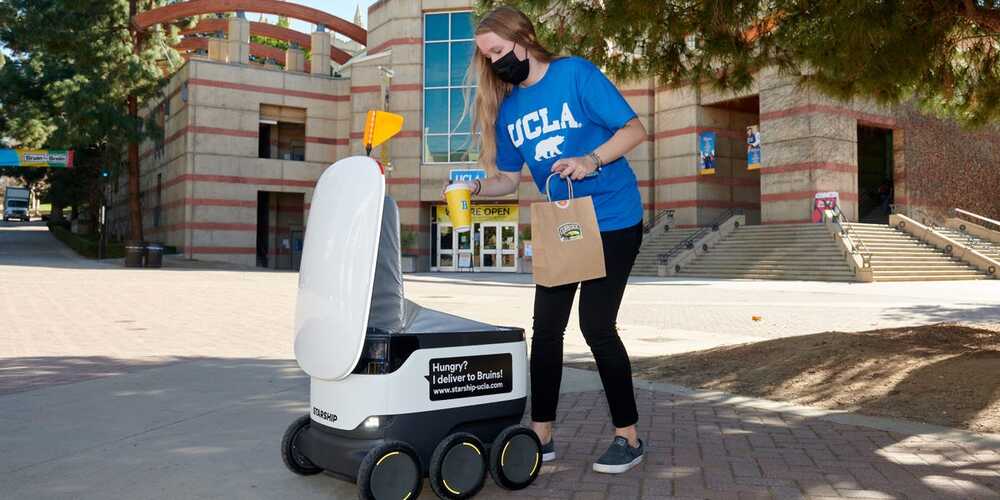For all its comparisons to the human brain, AI still isn’t much like us. Maybe that’s alright. In the animal kingdom, brains come in all shapes and sizes. So, in a new machine learning approach, engineers did away with the human brain and all its beautiful complexity—turning instead to the brain of a lowly worm for inspiration.
Turns out, simplicity has its benefits. The resulting neural network is efficient, transparent, and here’s the kicker: It’s a lifelong learner.
Whereas most machine learning algorithms can’t hone their skills beyond an initial training period, the researchers say the new approach, called a liquid neural network, has a kind of built-in “neuroplasticity.” That is, as it goes about its work—say, in the future, maybe driving a car or directing a robot—it can learn from experience and adjust its connections on the fly.
In a world that’s noisy and chaotic, such adaptability is essential. ## **Worm-Brained Driver**
The algorithm’s architecture was inspired by the mere 302 neurons making up the nervous system of *C. elegans*, a tiny nematode (or worm).
In work published last year, the group, which includes researchers from MIT and Austria’s Institute of Science and Technology, said that despite its simplicity, *C. elegans* is capable of surprisingly interesting and varied behavior. So, they developed equations to mathematically model the worm’s neurons and then built them into a neural network.
Their worm-brain algorithm was much simpler than other cutting-edge machine learning algorithms, and yet it was still able to accomplish similar tasks, like keeping a car in its lane.





